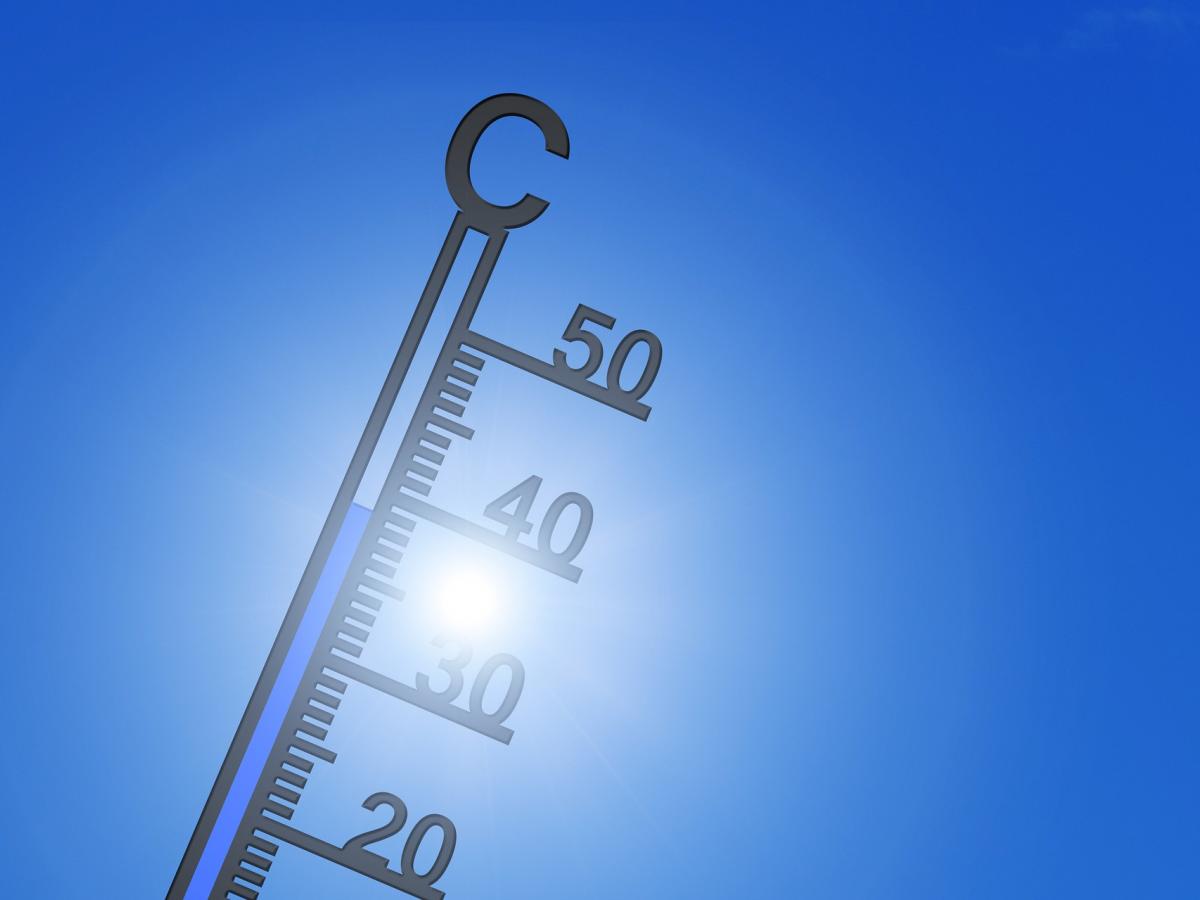
According to new research from the University of Adelaide the 2050 target to reduce climate change emissions is too little and too late.
"The warming goals of Article 2 of the Paris Agreement are too little because the target only specifies what we should do with greenhouse gas (GHG) emissions; and too late because we need to reduce emissions to net-zero well before 2050," said research author Professor Tom Wigley from the University of Adelaide's School of Biological Sciences.
"Article 4.1 of the Paris Agreement on climate sets out that the world needs to reach aggregate net-zero GHG emissions produced from human activity some time in the 2050 to 2099 window.
"The method used by the United Nations Framework Convention on Climate Change (UNFCCC) to determine the net-zero point is based on flawed science as it only considers GHG forcing not total forcing."Professor Tom Wigley
"My new method for calculating aggregate GHG emissions shows that the net-zero point for these emissions must be reached as early as 2036, which is the point at which GHG radiative forcing - the direct contribution the emissions make to higher temperatures through the greenhouse effect - is at its maximum.
"The method used by the United Nations Framework Convention on Climate Change (UNFCCC) to determine the net-zero point is based on flawed science as it only considers GHG forcing not total forcing.
"Temperature changes are determined by the full suite of climate forcing agents, which, apart from GHGs, include a range of aerosols and the effects of tropospheric ozone changes."
Article 2 of the Paris Agreement recommends that the Earth's average temperature should be reduced to a level not much above what it was before the world industrialised. The target is for temperatures to return to either "well below 2°C" above the pre-industrial level, or, if possible, only 1.5°C above what global temperatures were in the era before carbon dioxide emissions increased dramatically.
Australia, which is one of the 196 signatories to the Agreement, will be attending the United Nations Climate Change Conference of the Parties (COP26) in Glasgow which begins on Sunday 31 October.
"There is no guarantee, even after we reach the net-zero point, that we will limit eventual warming to 1.5°C. The problem is that Article 4.1 says nothing about what happens, or needs to happen, after we reach the net-zero point. There is an infinite range of post net-zero possibilities," said Professor Wigley.
"To achieve the 1.5°C goal, we must continue to reduce GHG emissions for a century or more after reaching the net-zero point. If we fail to meet this long-term emissions reduction challenge, the eventual warming will be greater than 1.5°C, and could be significantly greater than 2°C."
Professor Wigley's study is available as a preprint.
"If the net-zero point is not reached by 2036, all is not lost. We could still achieve the 1.5°C eventual warming target by reducing emissions more rapidly after 2036," said Professor Wigley.
Flexibility after the net-zero point allows us to "catch up" if we appear to be failing to achieve an Article 2 goal, so, while specifying a particular net-zero target may be useful to "concentrate the mind", it is of little value by itself in determining policy.
"Policies need to consider the whole suite of climate forcing agents, and, furthermore, look beyond the attaining of some net-zero GHG emissions point," said Professor Wigley.






